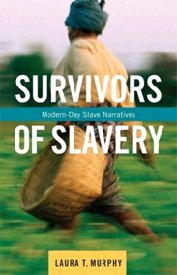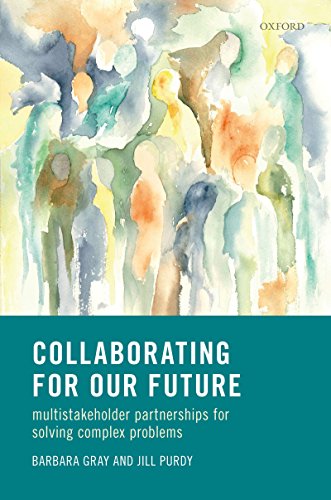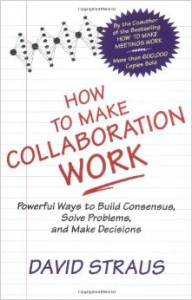 Books on Survivors’ Experiences With Cross-Sector Collaboration (or the Lack Thereof)
Books on Survivors’ Experiences With Cross-Sector Collaboration (or the Lack Thereof)
Each of the books in this section centers on survivors’ accounts of trafficking crimes they endured. Survivors’ interactions with representatives from social services, law enforcement, or healthcare providers while they were under the control of a trafficker or in the aftermath are part of each book. The interactions they describe point to the need for better cross-sector collaboration in every aspect of counter-trafficking efforts.
Austin Smith, Holly. Walking Prey: How America’s Youth Are Vulnerable to Sex Slavery. New York: Palgrave MacMillan, 2014.
Brennan, Denise. Life Interrupted: Trafficking into Forced Labor in the United States. Durham, NC: Duke University Press, 2014.
Bales, Kevin, and Zoe Trodd, eds. To Plead Our Own Cause: Personal Stories by Today’s Slaves. Ithaca, NY: Cornell University Press, 2008.
 Murphy, Laura T., ed. Survivors of Slavery: Modern-Day Slave Narratives. New York: Columbia University Press, 2014.
Murphy, Laura T., ed. Survivors of Slavery: Modern-Day Slave Narratives. New York: Columbia University Press, 2014.
Oriola, Bukola. Imprisoned: The Travails of a Trafficked Victim. Spring Lake Park, MN: Bukola Publishing, 2012.
Books on Multisector Collaboration
The books in this section are insightful and useful guides to creating and managing various kinds of interorganizational and multisector collaborations to address complex social problems. As the titles indicate, they are written for leaders in various types of organizations.
Austin, James E., and M. May Seitanidi. Creating Value in Nonprofit-Business Collaborations: New Thinking and Practice. San Francisco, CA: Jossey-Bass, 2014.
Butler, Phillip. Well Connected: Releasing Power, Restoring Hope through Kingdom Partnerships. Colorado Springs, CO: Authentic Publishing, 2006.
Crawford, Karin. Interprofessional Collaboration in Social Work Practice. Thousand Oaks, CA: SAGE Publications, 2012.
Dunn Butterfoss, Frances, Coalitions and Partnerships in Community Health. San Francisco, CA: Jossey-Bass, 2007.
 Gray, Barbara, and Jill Purdy. Collaborating for Our Future: Multistakeholder Partnerships for Solving Complex Problems. Oxford: OUP, 2018.
Gray, Barbara, and Jill Purdy. Collaborating for Our Future: Multistakeholder Partnerships for Solving Complex Problems. Oxford: OUP, 2018.
Hardy, Brian, Bob Hudson, and Eileen Waddington. What Makes a Good Partnership?: A Partnership Assessment Tool. edited by Strategic Partnering Task Force Leeds, UK: Nuffield Institute for Health, Community Care Division, 2000.
Huxham, Chris, and Siv Vangen. Managing to Collaborate: The Theory and Practice of Collaborative Advantage. London: Routledge, 2005.
Kamensky, John M., and Thomas Burlin, J., eds. Collaboration: Using Networks and Partnerships. edited by Mark A. Abramson and Paul R. Lawrence, The IBM Center for the Business of Government Book Series. Maryland: Rowman and Littlefield Publishers, 2004.
Leathard, Audrey, ed. Interprofessional Collaboration: From Policy to Practice in Health and Social Care. New York: Brunner-Routledge, 2003.
Mattesich, Paul W., Marta Murray-Close, and Barbara R. Monsey. Collaboration: What Makes It Work: A Review of Research Literature on Factors Influencing Successful Collaboration. Second ed. St. Paul, MN: Amherst H. Wilder Foundation, 2001.
Office for Victims of Crime Training and Technical Assistance Center. “Human Trafficking Task Force E-Guide: Strengthening Collaborative Responses.” Department of Justice: Office of Justice Programs: Office for Victims of Crime, https://www.ovcttac.gov/taskforceguide/eguide/.
Technical Assistance Center. “Human Trafficking Task Force E-Guide: Strengthening Collaborative Responses.” Department of Justice: Office of Justice Programs: Office for Victims of Crime, https://www.ovcttac.gov/taskforceguide/eguide/.
Straus, David. How to Make Collaboration Work: Powerful Ways to Build Consensus, Solve Problems, and Make Decisions. San Francisco: Berrett-Koehler Publishers, Inc., 2002.
